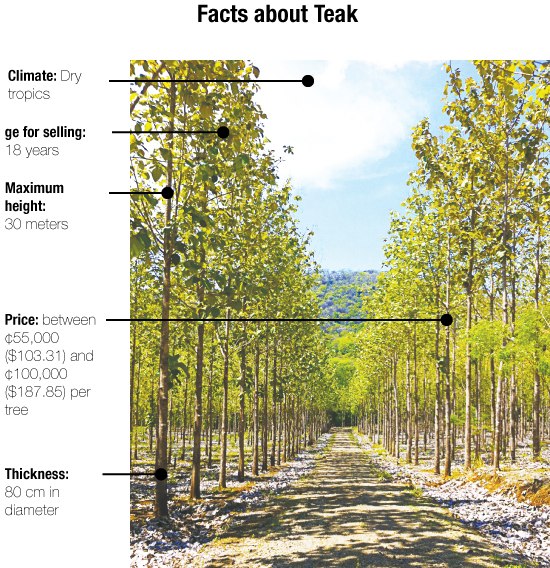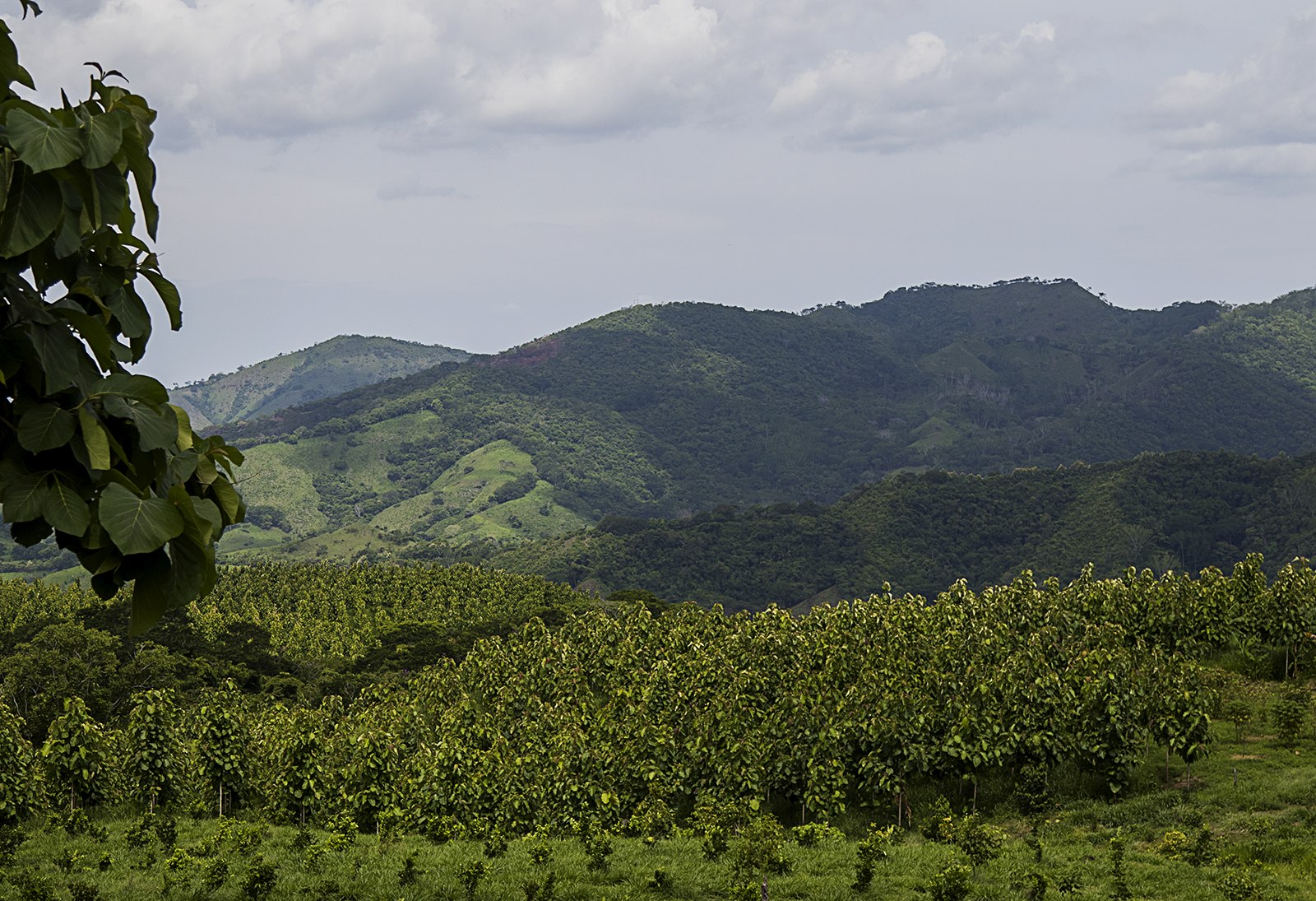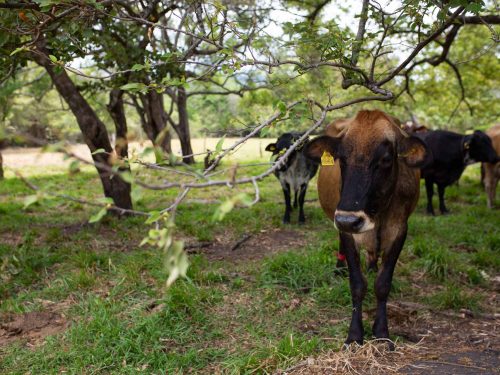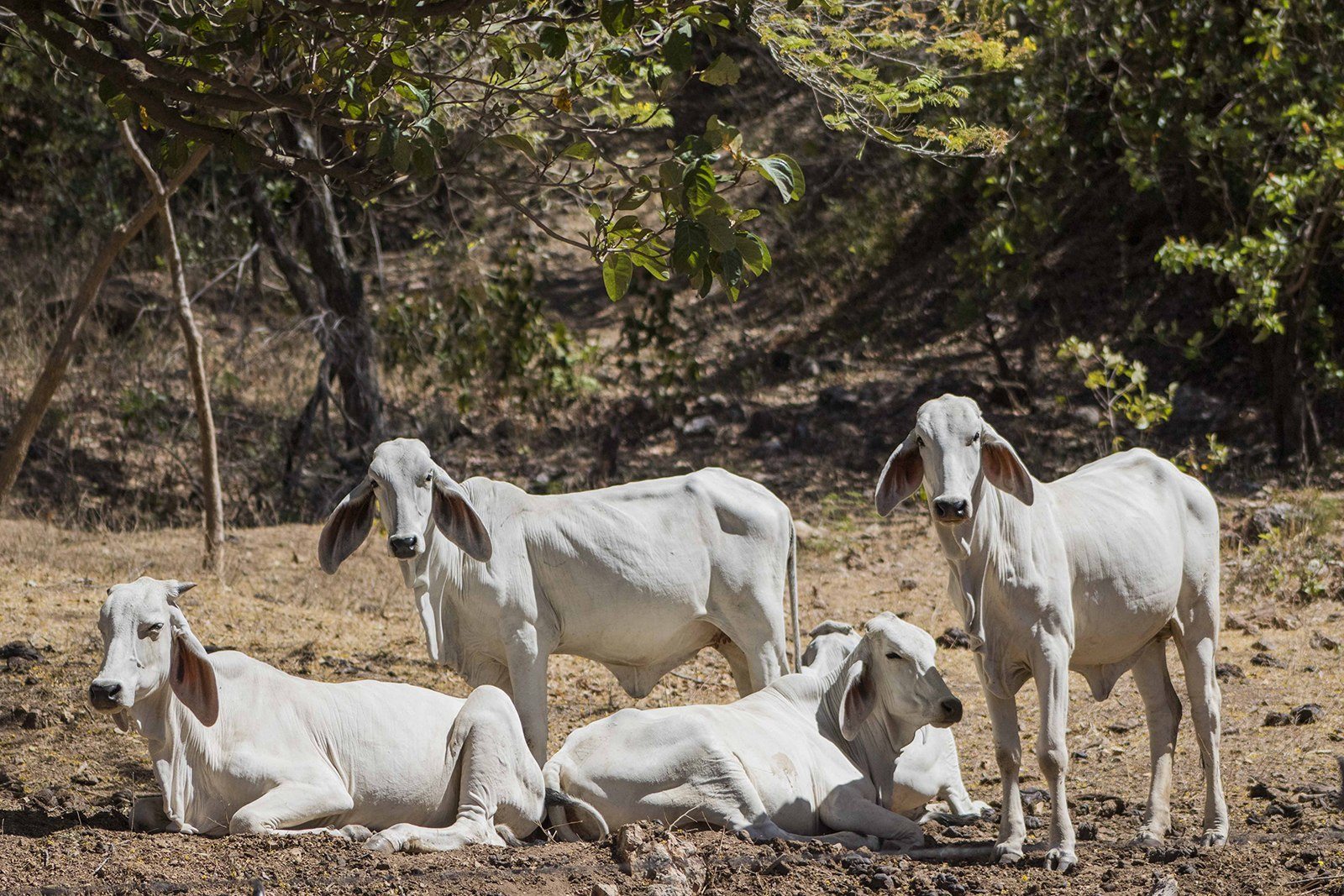
First it came as an intruder hiding in the forest; then it asked to visit us more often and finally became the “star” export lumber. It is tall and thin, with large leaves, deep roots and hard for the soil that sustains it to forget. The teak tree went appropriating large tracts of land in the highlands and plains of Guanacaste, and today it has great value on the international wood market.
Teak planting began in Guanacaste in the early 80s as a way to reforest areas that had been converted into pastures. However, years later, the activity became an attractive economic option for farmers and ranchers, especially in the canton of Hojancha.
Rough droughts and the crisis in meat prices during those years caused frustration among farmers in this part of the country, who were mainly engaged in raising livestock and subsistence agriculture. Looking for better options, farmers discovered that teak was a good alternative due to high international prices for the wood, especially in countries like Thailand, Singapore and India.
In the beginnig, the producers needed loans given by the national banking system to support reforestation and restore balance to the pasture areas. On the other hand, the Ministry of Environment and Energy (MINAE) encouraged its cultivation with incentives from the program Forestry Fertilization Certificate program (Certificado de Abono Forestal) and paying producers for environmental services. Gradually, producers intensified the activity until it became one of the main economic activities of Guanacaste.
Jose Miguel Valverde, forestry engineer for the Hojancha Centro Agricola Cantonal, explained that the majority of farmers are currently associated with this activity and affirmed that it has becomeroutine among producers.
“At first, the wood was marketed nationally, but the panorama changed afterward when the international market opened. Currently, 90% of the wood produced is exported, especially to India, and it is a profitable activity due to the quality of the soil and, if managed well, the results are positive,” Valverde said.
According to Jose Angel Jimenez, head of the National Forestry Financing Fund (FONAFIFO- Fondo Nacional de Financiamiento Forestal), as ofmid-2015, there are more than 30,000 hectares under cultivation with teak in the province of Guanacaste. However, not everyone is receiving financial assistance through environmental services payments since many carry out the activity on their own.
FONAFINO is a government agency whose mission is to finance forestry projects. In the Peninsula of Nicoya, it supports more than 8,000 teak projects at a rate of ¢480,000 ($905) per hectare.
“The change from livestock activity to planting teak has been very good. At first, we began with melina, teak and gallinazo, but the most profitable is teak due to the prices. For example, a container of teak wood is worth what you pay for three of gallinazo or melina and with the same maintenance costs,” said Adrian Rodriguez, one of the largest producers of teak in Hojancha.
The Rodriguez family has about 350 hectares under cultivation, including new saplings, regrowth and mature plants ready to be cut down.
The Good Goes, The Bad Stays
Teak wood is fine, with strong texture and smooth, a reddish color and very elegant. It has a good weight and consistency that make it resistant against moths and termites. Furniture, when made by a skilled woodworker, tend to be of excellent presentation.
But building a house or having furniture from this wood is a luxury for many who live in Costa Rica since the prices are high. Teak by the inch varies between ¢1500 and ¢1600 ($2.80-$3), whereas melina by the inch costs between ¢600 and ¢700 ($1.10-$1.30).
Jimenez, from FONAFIFO, stated that since the wood is very expensive on the local market, only the inferior quality woodis used because the best specimens are sold abroad.
Luis Aleman, who has a woodworking shop in Matambu of Hojancha, produces all kinds of furniture and thinks it is unprofitable to work with teak.
“Working with teak wood is for the rich. I usually work with melina wood because it is much cheaper,” he said.
Surrounded by sawdust and wood stumps, the woodworker clarifies that he only works with teak when it is commissioned. According to Aleman, he sometimes gets orders from local institutions, especially for office furniture, desks, chairs, tables and shelves.
Environmental Concerns
Walking through mature teak groves, the ones that are almost ready to be cut down, is like walking through a maze. Long lines of trees shoot offin every direction. The sun’s rays filter through the leaves. It’s August and the soil smells moist. Some squirrels and birds are seen, and the producers say there are snakes and opossums too. The coexistence of animals is much more limited than what can be seen in a natural forest.
Some question the negative impact that this kind of activitycan cause on the environment through soil erosion and the limited coexistence of other species. Vegetation can grow under adult plants because the plants are thinned out periodically. The dry leaves on the ground can stay longer when rainfall is irregular due to the slow decomposition process.
Biologist Johnny Villarreal, from theUniversidad Estatal a Distancia (UNED) in Nicoya, believes that this type of activity contributes little to ecosystems and wetlands.

“The biological contributions to the dry forest in the province do not just consist in plants being able to generate oxygen or lowering environmental temperatures; it is also important to analyze how much they contribute to wetlands, food, shelter and breeding sites for native wildlife, in relation to other living beings. It is important to compare the biological and economic benefits of a native forest with teak cultivation,” Villarreal commented.
Villareal explained that the chances that native plants grow among teak plantations is slim, as well as the coexistence of animal species. In addition, he thinks that the possibility of soil erosion is very high due to the scarcity of vegetation.
But Jimenez thinks that teak cultivation does contribute to the environment, although it has to be done in a responsible manner. The biologist assured that teak plantations should replace abandoned pastures or sites with little vegetation and little inclination and never to replace forests. To make sure these environmental measures are respected, Costa Rica passed an environmental law in 1981 to ban the replacement of natural forests withsingle crops of any kind.
Today, these high-altitude forests dot the Guanacaste landscape. They are a new opportunity for Guanacaste farmers and ranchers to capitalize on their lands in times when water is scarce and the sun’s heat is increasing.







Comments